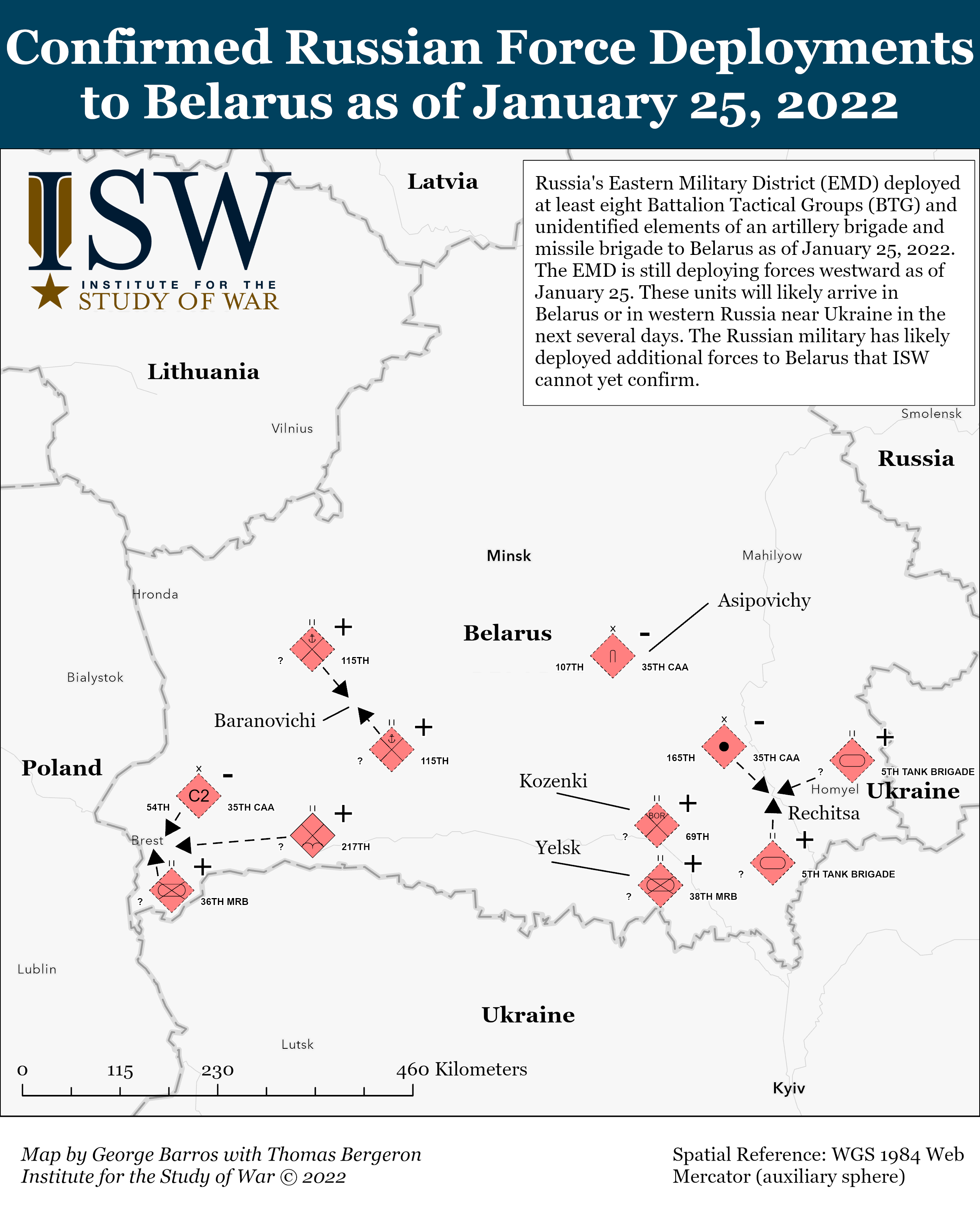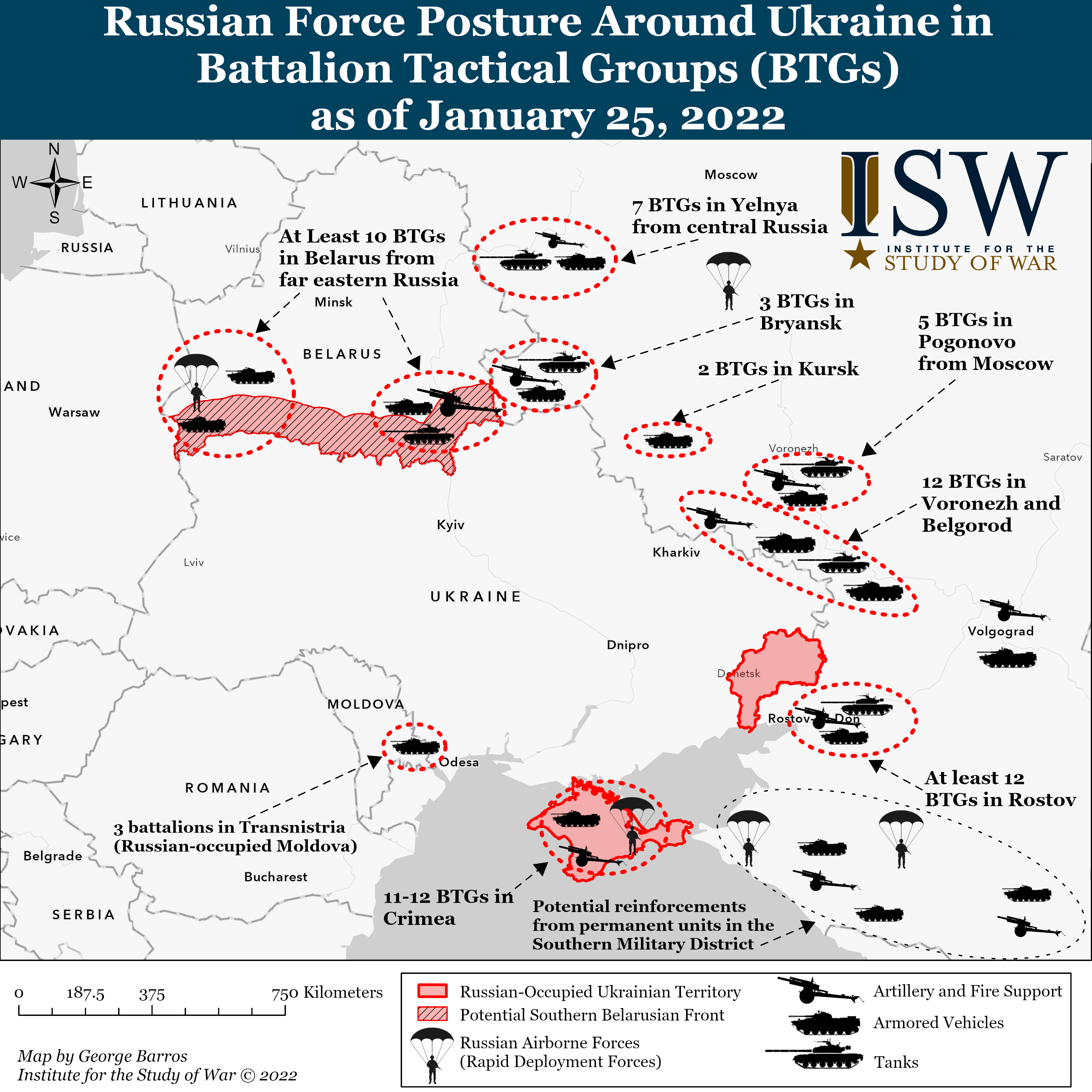Russian Offensive Campaign Assessment, July 18, 2023
Jul 18, 2023 - ISW Press
The July 17 Kerch Strait Bridge attack is likely having immediate ramifications on Russian military logistics in southern Ukraine. Footage and imagery published on July 17 and 18 show extensive traffic jams and accidents reportedly on the E58 Mariupol-Melitopol-Kherson City highway – Russia’s current main logistics line connecting Russia to southern Ukraine – at various points between Mariupol and Berdyansk, and in Kherson Oblast. Russian occupation authorities claimed to have reduced traffic at Crimea-Kherson Oblast checkpoints near Chonhar and Armiansk following significant traffic jams in the morning. Russian occupation authorities also advertised alternate routes and rest stops along them for tourists to drive from occupied Crimea through occupied Zaporizhia and Donetsk oblasts – rear areas in a war zone – to return to Russia. Russian authorities also announced additional measures to mitigate resulting traffic jams and logistics issues, including a temporary road bridge next to the Kerch Strait Bridge, the reconstruction of a 60-kilometer stretch of road between Crimea and Kherson Oblast through Armiansk, and lowering security measures at the Kerch Strait Bridge checkpoints. Russian authorities reopened one span of the Kerch Strait Bridge to one-way road traffic towards Russia on July 18, and plan to reopen the same span to two-lane traffic on September 15 and the whole bridge to road traffic in November. Kremlin Spokesperson Dmitry Peskov stated on July 18 that the Russian government is still developing measures to increase the security of the Kerch Strait Bridge, and Russian milbloggers continued to criticize the claimed Russian security failure to adequately protect the bridge.










